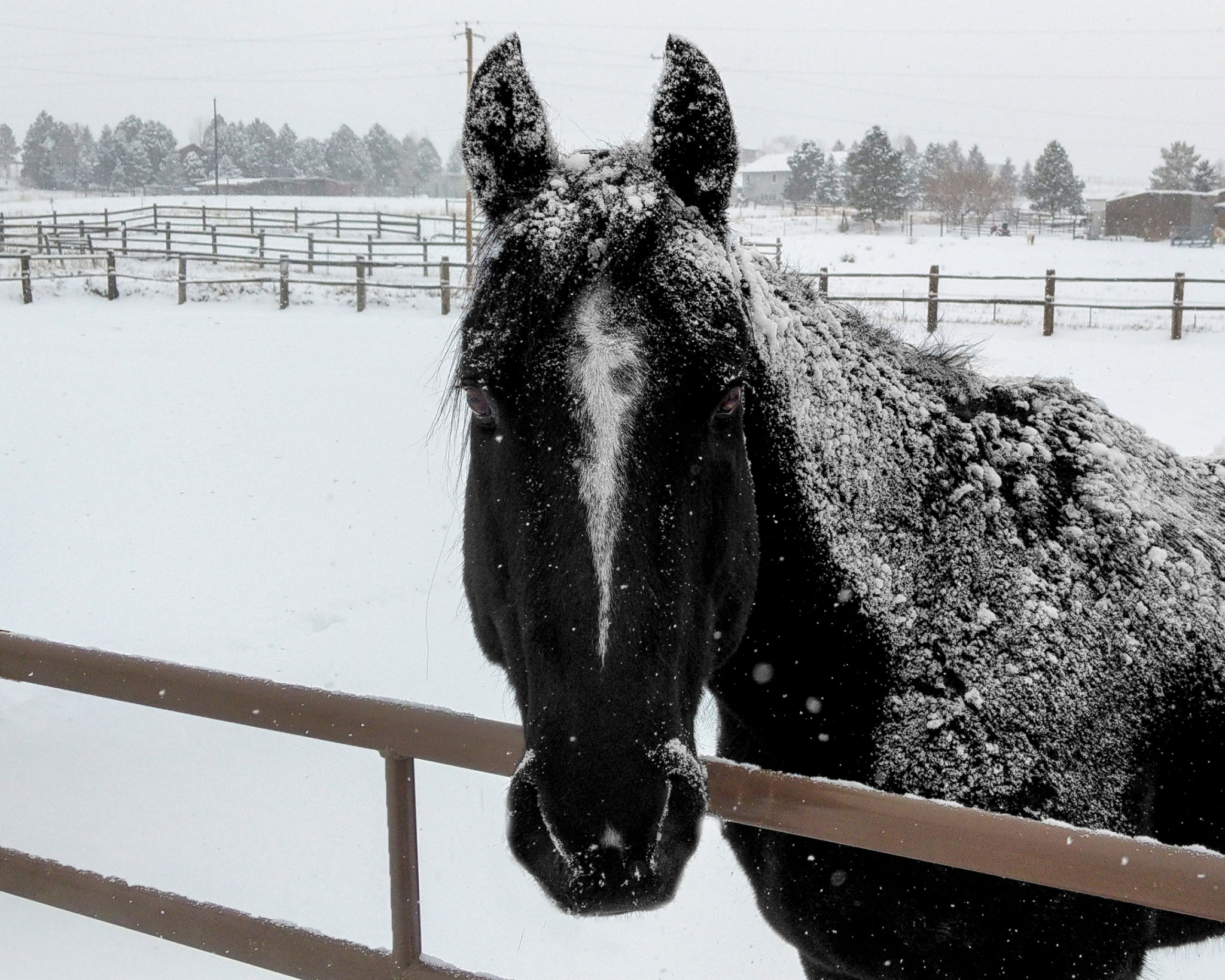|
Appropriate stirrup length is critical for all levels and disciplines of riders. It is important for safety, for rider balance and for the effectiveness of the rider in developing correct riding skills. Time and time again in clinics, I see riders with stirrups mal-adjusted. Over the years, I’ve developed a keen eye for knowing when the stirrup length is appropriate and when it needs adjusting, but I can tell you that it is not always easy and there is a lot of variance.
For starters, you need to know the appropriate stirrup length for the style of riding, or discipline, such as English/Western, Dressage, Reining, Saddle seat, Cutting, Jumping, Roping, etc. For instance, dressage and saddle seat are generally the longest lengths, while jumping is the shortest. Some western disciplines such as roping, cutting or barrel racing are short, while other western disciplines need longer lengths. For balance, the rider must be able to sit comfortably in the balanced position of ear-shoulder-hip-heel alignment. If the stirrup is too long, no matter what discipline, the rider will have to reach with her toes for the stirrup and this will cause her to ride in the heel-up position, with the leg too far forward. No matter what the discipline, when the heels are up and the leg is not aligned, the rider is not balanced, anchored on the horse or able to use her leg aid to communicate effectively with the horse. To gauge proper stirrup length, I check the stirrup length visually from both in front of the rider/horse (with her feet out of the stirrups and saddle square) and from the side, perpendicular to the horse. From the front, check that the stirrup length is equal on both sides. Uneven stirrups are amazingly common—I find it in almost every clinic I do. Make sure to have the rider square his saddle and then take his feet out of the stirrups, to determine if the rider’s stirrup length is level or not. My two favorite ways to judge by eyesight if the rider’s stirrup length is correct, are to 1) look at the angle of the rider’s leg between the thigh and lower leg, and 2) by comparing the angle of the rider’s thigh and the horse’s shoulder. 1. Looking from the side, the angle of the rider’s leg, between the thigh and lower leg, should be an equal angle. If the angle of the leg is not equal, it usually means that the rider’s stirrup is too long and the lower leg is hanging straight down while the angle of the thigh is more or less at 45 degrees, making the angle unequal. 2. Looking from the side, the angle of the rider’s thigh should be more or less parallel with the angle of the horse’s shoulder (the line from mid-withers to point of shoulder). This handy eyeball check is helpful for insuring the best ride when the rider is mounted on a choppy, straight-shouldered horse. In general, the steeper the angle of the horse’s shoulder, the rougher the horse’s gait. When the horse is rough gaited, the rider needs a longer-than-normal stirrup length to help anchor the rider onto the horse’s back. Conversely, if the angle of the rider’s thigh is high compared to the horse’s shoulder, it is easier for the rider to ride in a more forward position and get up off the horse’s back. This might be important for riding jumpers, racehorses or for roping. There are a few measurements that I know of that you can use to gauge appropriate stirrup length. One is to measure the stirrup length compared to the rider’s arm, from the ground. To do this, the rider puts his fingertips on the stirrup bar and pulls the stirrup into his armpit. This gives you a ballpark figure on which to judge proper length; the length of the stirrup should be about the length of the rider’s arm. The stirrup length may need to be fudged in length one way or the other depending on the horse’s build. Awkward scenarios like a big person on a little horse or a little person on a big horse or a narrow person on a wide horse may have a bearing on which way you fudge the stirrup length. Another way to measure stirrup length, once the rider is up on the horse, is to have the rider hang his leg straight down and see where the bottom of the stirrup is in relation to the anklebone. If the stirrup hits right at the ankle bone, it is a good length for most riders. Once again, this will provide you with a ballpark figure, but fine-tuning of the length may still be in order. Personally, I am not a fan of the third technique for measuring the rider’s stirrup length, although many instructors are. This measurement is taken by having the rider mount, then stand in his stirrups to see if you can fit your fist between the rider’s seat and the seat of the saddle. The problem with this technique is that unless and until the rider can properly stand in the stirrups, this measurement is useless. If the rider rises in the stirrups by pushing up off the stirrup, straightening the knee and lifting the heel (as most novice riders do), there will always be plenty of room between the crotch and saddle. Only when the rider uses correct rising technique and rolls onto his thighs while the leg and heel lengthens, will this measurement be accurate. As you can see, there are many methods to judge the proper stirrup length and there are many variables that affect the proper length, such as the rider’s build, the size and gait of the horse, the saddle and the activity the rider is participating in. Since there is a wide range of acceptable length, there can be small adjustments up and down considering your activity. For instance, when jumping you will generally raise your stirrups one or two holes from where you would ride doing flat work only. I raise my stirrups when I am working cattle, but drop them down a hole for trial riding. In general, I prefer a little shorter stirrup than average, but I make sure the length I ride promotes good position. |
Shopping Cart

